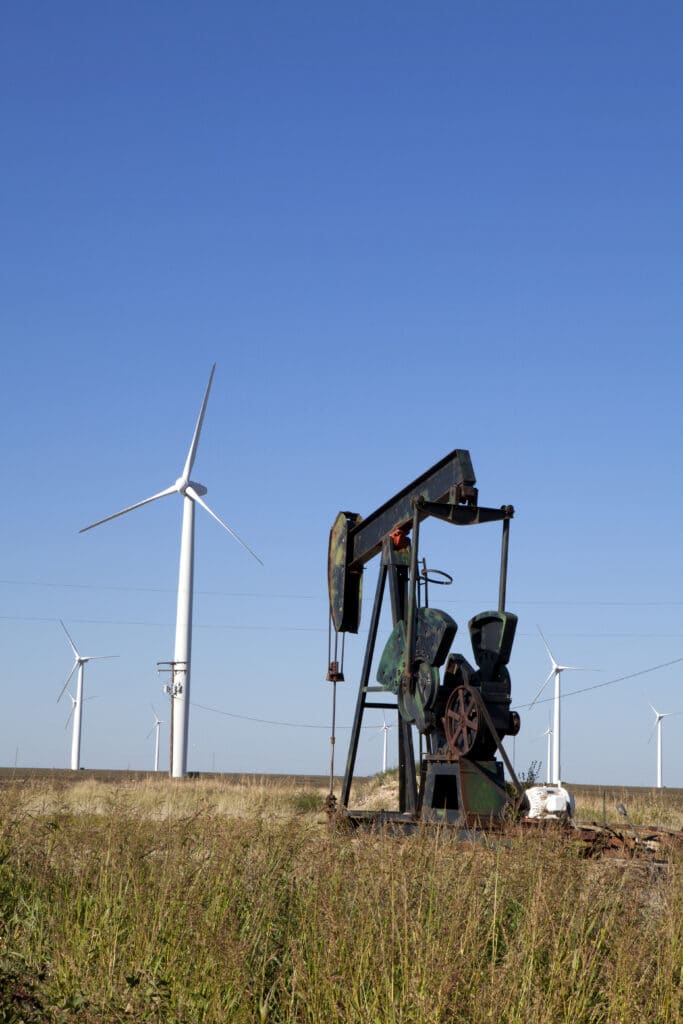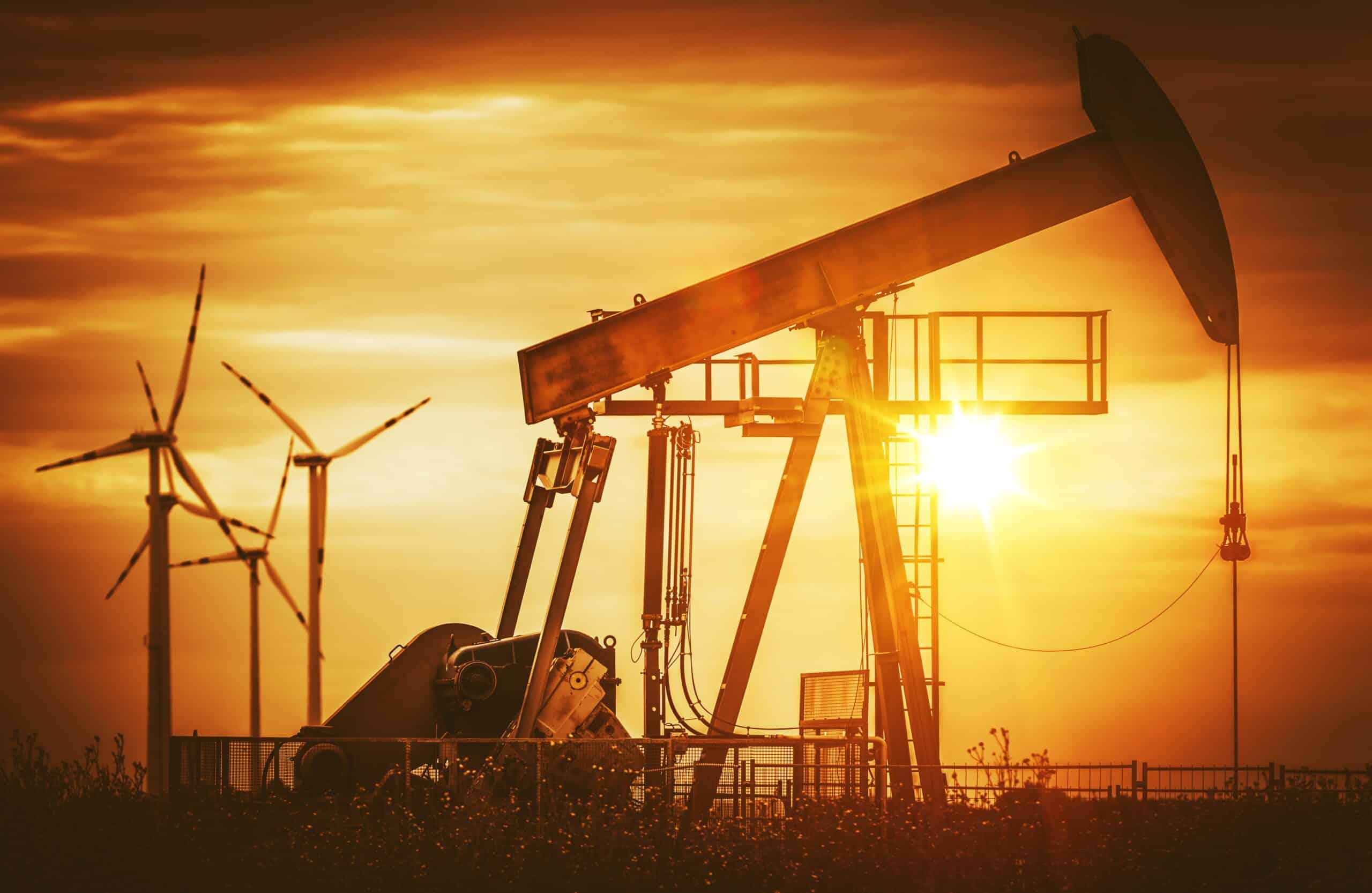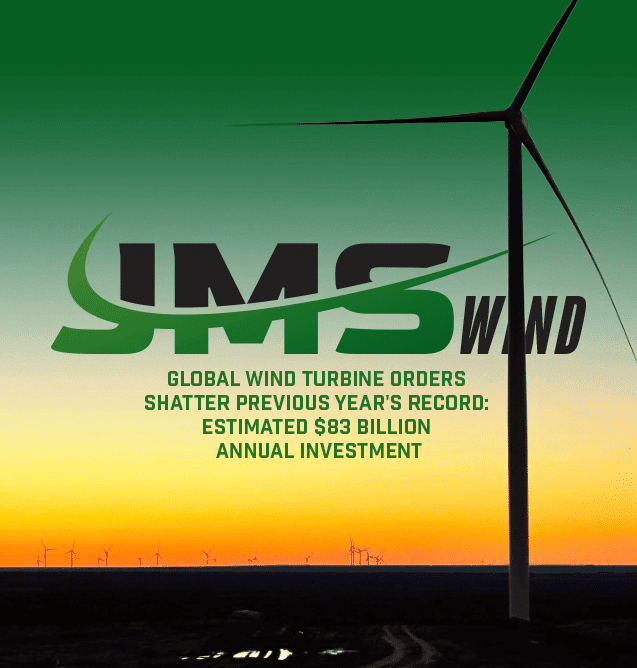In the evolving landscape of energy production, understanding the intrinsic differences of oil energy and wind energy sources is paramount for consumers, businesses, and policymakers. Among these energy sources, oil and wind stand out with distinct characteristics that influence their adoption and impact. This article explores these differences in detail, highlighting the advantages and challenges of each while introducing you to JMS Energy, a leading provider of wind energy solutions.
Table of Contents

Differences Of Oil Energy and Wind Energy #1: Source and Availability
Oil Energy:
Oil is a fossil fuel derived from the remains of ancient marine organisms, buried under layers of sediment and subjected to intense heat and pressure over millions of years. The availability of oil is limited to certain regions with significant oil fields, like the Middle East, Russia, and North America. These reserves are finite, meaning that oil will eventually run out, making it a non-renewable energy source.
Wind Energy:
Wind energy, in contrast, is harnessed from the movement of air in the Earth’s atmosphere. It is a renewable energy source, as wind is continuously produced by atmospheric changes due to the sun. Wind energy is available worldwide and is particularly abundant in coastal and open plain regions. This global availability makes wind energy an attractive, sustainable alternative to oil.
Differences Of Oil Energy and Wind Energy #2: Environmental Impact
Oil Energy:
The extraction, refining, and burning of oil has significant environmental ramifications. Oil drilling can lead to habitat destruction, oil spills, and pollution of water bodies. Moreover, during combustion, oil releases carbon dioxide, contributing to greenhouse gas emissions and global warming. It also releases other pollutants such as sulfur dioxide and nitrogen oxides, which contribute to acid rain and respiratory problems.
Wind Energy:
Wind energy is one of the cleanest forms of power available today. It generates electricity without burning fuel or emitting carbon dioxide and other harmful pollutants. While the manufacturing and installation of wind turbines have some environmental footprint, the ongoing operation of wind farms is near zero-emission. As a result, wind energy plays a crucial role in combating climate change and reducing air pollution.
Differences Of Oil Energy and Wind Energy #3: Economic Factors
Oil Energy:
The oil industry is deeply entrenched in the global economy, creating jobs and contributing to GDP in oil-rich regions. However, oil prices are highly volatile, influenced by geopolitical events, production cuts or increases by leading oil producers, and shifts in global demand. This volatility can result in economic instability and unpredictable energy costs for consumers and businesses alike.
Wind Energy:
The economic profile of wind energy is increasingly attractive as technology advances. Initial setup costs for wind farms can be high, but operational costs are low, and the price of wind energy continues to decrease as technology improves and scales up. Additionally, wind energy creates jobs in manufacturing, installation, and maintenance, often in rural or economically challenged areas. Stable, predictable pricing of wind energy can contribute to energy security and economic resilience, shielding economies from the unpredictability of fossil fuel markets.
Differences Of Oil Energy and Wind Energy #4: Technological Development
Oil Energy:
While there have been technological advancements in oil extraction methods, such as hydraulic fracturing and offshore drilling, these innovations come with environmental and safety concerns. Enhanced oil recovery techniques aim to maximize output from existing fields, yet they do not address the fundamental challenge of eventual resource depletion.
Wind Energy:
Wind energy technology is rapidly evolving, with improvements in turbine efficiency, design, and grid integration. Innovations such as taller towers, advanced blade designs, and floating wind farms are expanding the viability of wind energy in previously unsuitable locations. Additionally, energy storage solutions and smart grid technologies are addressing intermittency issues, ensuring a more reliable power supply from wind energy.
Differences Of Oil Energy and Wind Energy #5: Infrastructure and Maintenance
Oil Energy:
Oil infrastructure includes well drilling, transportation pipelines, refineries, and distribution networks. While this infrastructure is extensive and well-established, it requires significant ongoing maintenance and is subject to risks such as leaks, spills, and explosions. Rapidly aging infrastructure presents additional challenges as repair and upgrade requirements increase.
Wind Energy:
Wind farms require significant investment in infrastructure, including turbines, transmission lines, and control systems. Once installed, however, the maintenance requirements for wind turbines are relatively low compared to oil infrastructure. Regular inspections and occasional repairs are necessary to ensure efficient operation and longevity. As wind technology improves, maintenance processes are becoming more streamlined and cost-effective.
Differences Of Oil Energy and Wind Energy #6: Energy Efficiency and Conversion
Oil Energy:
Oil’s energy density is one of its advantages; it contains a large amount of energy per unit volume, which is why it has been favored for transportation fuels like gasoline and diesel. However, the conversion of oil into usable energy is inefficient. Combustion engines waste a significant portion of energy as heat, and the extraction and refining processes also consume energy.
Wind Energy:
Wind turbines convert kinetic energy from the wind into electrical energy, with modern units achieving conversion efficiencies of up to 45%. While this may seem lower than oil’s energy density, the vast abundance and renewability of wind compensate for this. Advancements in turbine technology continue to enhance the efficiency of wind-to-electricity conversion.
JMS Energy: Leading the Way in Wind Energy Solutions
Investing in wind energy offers numerous benefits over oil, from environmental sustainability to economic stability and technological adaptability. With these advantages in mind, choosing a reliable partner for wind energy solutions becomes critical. JMS Energy stands out as a leading provider in this field, offering exceptional wind energy services that meet a variety of needs.
Why Choose JMS Energy?
- Expertise and Experience: JMS Energy boasts years of experience in the wind energy sector, providing tailored solutions that maximize energy production while minimizing costs.
- Comprehensive Services: From planning and installation to maintenance and optimization, JMS Energy offers end-to-end services designed to seamlessly transition businesses and communities to clean energy.
- Commitment to Innovation: JMS Energy stays at the forefront of technological advancements in wind energy, ensuring clients benefit from the latest technologies and industry best practices.
- Sustainability Focus: At JMS Energy, sustainability is more than just a buzzword. Every project is executed with a commitment to preserving the environment and promoting renewable energy adoption.
In conclusion, while both oil and wind energy have roles to play in the current energy ecosystem, the shift towards renewable sources like wind is inevitable and necessary for a sustainable future. By understanding these key differences and leveraging the expertise of companies like JMS Energy, stakeholders can make informed decisions that benefit the environment and economy alike.








